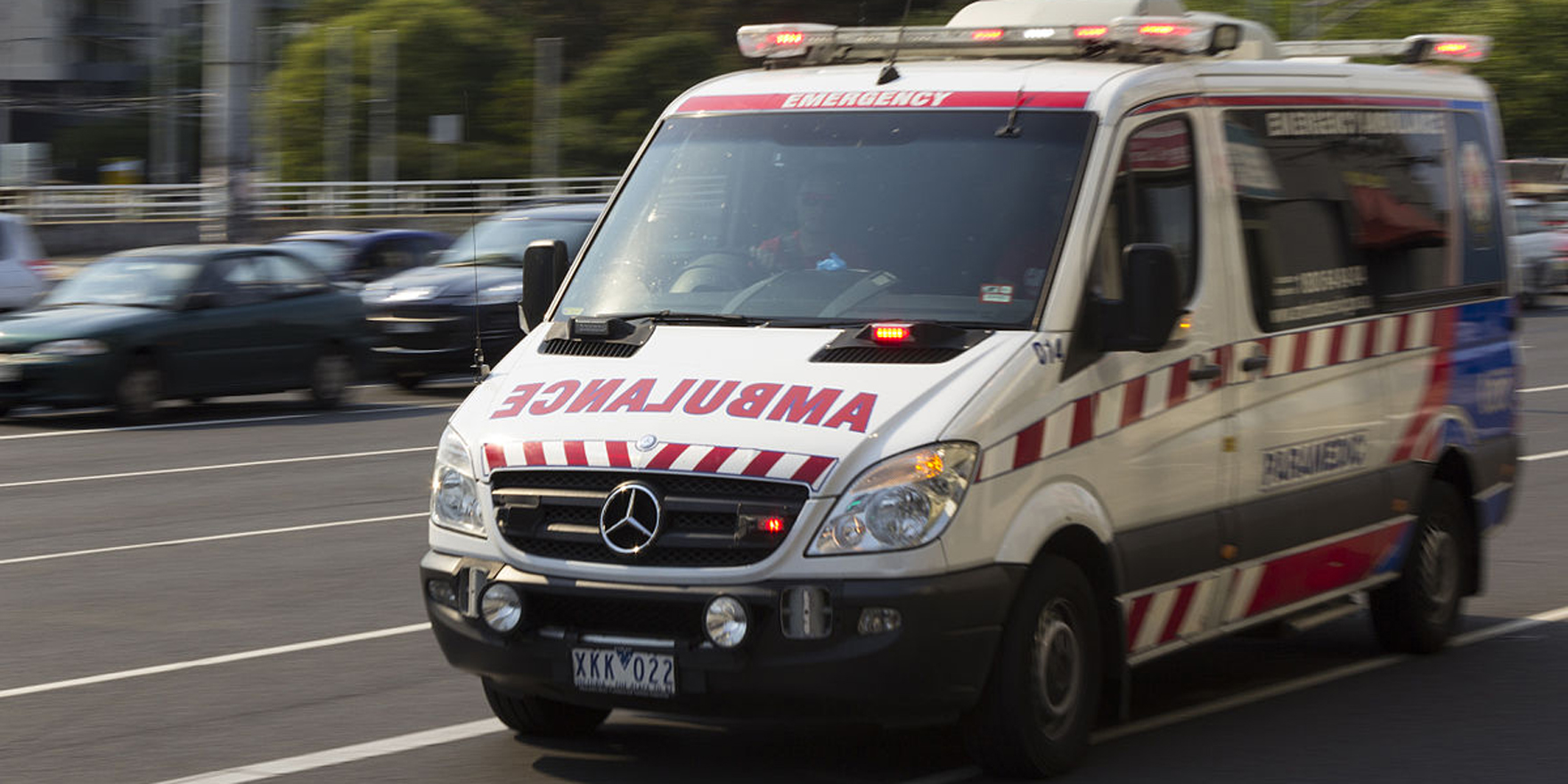Could a naloxone co-prescribing strategy reduce the increasing number of deaths from prescription opiates?
As deaths from prescription drugs outstrip those from illicit drugs, co-prescribing an overdose reversal drug may be the key to reversing the trend.
While it was standard practice to provide naloxone to users of illicit drugs, patients on opiates for medical reasons were rarely offered the potentially life-saving drug, experts say.
But there’s growing evidence that co-prescribing naloxone can reduce opioid-related hospitalisations.
Research to be presented at the International Association for the Study of Pain next week shows patients are often unaware of the signs of opiate toxicity, putting them at risk of fatal overdose.
“When you ask about [overdose] symptoms in other ways, they have experienced them. So it’s possible that people are experiencing opioid toxicity but not recognising it as such,” said
Dr Suzanne Nielsen, lead author and senior research fellow at the National Drug and Alcohol Research Centre.
In the study of 208 chronic non-cancer pain patients using prescribed opioids, 11% reported “extreme drowsiness and confusion from opioid medication”, but only half as many recognised these symptoms as “overdose”.
The patients, with an average age of 60, correctly identified less than half the signs and symptoms of opioid overdose on a validated questionnaire, unlike people who use illicit opioids, who usually identified most, she said.
While it was important that patients didn’t become afraid of their medications, they needed to be educated about warning signs and risk factors, she said.
“You don’t necessarily need to take a very large dose of your medication in order to experience respiratory depression from opioids,” Dr Nielsen said.
“Either a combination of medications, or a change in your health or maybe combining your medication with alcohol [could cause problems].”
Patients at high risk of accidental overdose included those on higher doses of opioids, those on multiple medications and those with a history of overdose or opioid toxicity, she told The Medical Republic, adding that people in remote communities would also benefit.
As well, a change in liver function could mean that people metabolised opioids differently and then suffered opioid toxicity, she said.
“So it doesn’t necessarily have to be some kind of untoward or inappropriate behaviour that’s associated with potential overdose.”
The research also challenged the fear that patients may be offended by being offered naloxone because it was associated with intravenous drug users.
The majority (60%) of respondents said the provision of naloxone would be a good or very good idea and 23% were neutral. Only the minority said they may feel a little (10%) or very (3%) offended.
Hospital data showed that increasing numbers of people were presenting with opioid toxicity or opioid-related admissions from pharmaceutical opioids, said Dr Nielson.
But despite being prescribed opioids for an average of seven years, only 41% had ever heard of naloxone.
The opioid antagonist was made available over-the-counter from February this year in an attempt to improve access and reduce morbidity and mortality from opioid overdose.
However, the TGA also kept its Schedule 4 listing, so for patients with concession cards it was cheaper to buy naloxone on prescription rather than at $30 to $60 over the counter.
The findings are supported by recent US research that found chronic pain patients on longterm opioids had a 63% reduction in opioid-related ED visits after one year if they were co-prescribed naloxone, compared to those who weren’t prescribed naloxone.1
In a follow up study, the authors found that 90% of patients had never received a naloxone prescription before the study, but 97% believed they should be offered the opioid antagonist.2
References:


